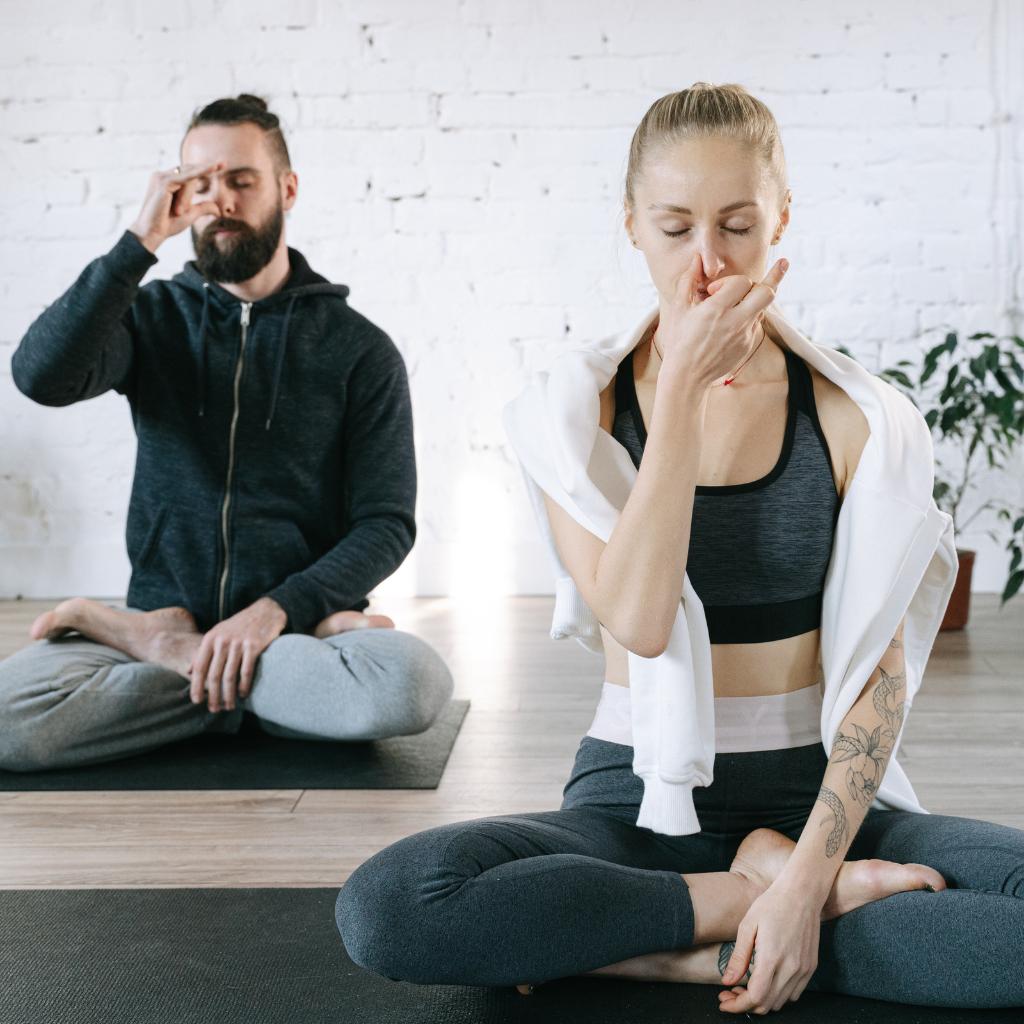
In today’s fast-paced world, it is easy to feel pulled in countless directions—by work, responsibilities, and the constant stream of information that demands our attention. Over time, this mental overload can show up as stress, poor sleep, difficulty focusing, or even symptoms of anxiety and depression. This is where mindfulness exercises enter the picture. Far from being a trend or a vague idea, mindfulness is a practical tool that can help calm the mind, improve focus, and support overall mental wellness.
What Is Mindfulness?
Mindfulness refers to the intentional practice of paying attention—moment by moment, in an open and nonjudgmental way—to one’s experiences, thoughts, and feelings. Rather than aiming to abandon thoughts or achieve a blank mind, mindfulness cultivates awareness through gentle focus. Typically rooted in meditation but highly adaptable to daily routines, mindfulness emphasizes curiosity, presence, and acceptance.

How Mindfulness Enhances Mental Well-Being and Focus
Reduces Anxiety
An eight-week Mindfulness-Based Stress Reduction (MBSR) program was found to be as effective as escitalopram, a common antidepressant, in reducing anxiety symptoms, with fewer side effects.
Improves Sleep
Meta-analyses show mindfulness improves sleep quality, with one Randomized controlled trial finding that older adults practicing mindfulness slept significantly better than those receiving sleep education
Builds Resilience and Reduces Burnout
A meta-analysis of 16 Randomized controlled trials with nurses found mindfulness reduced burnout, improved resilience, and enhanced sleep quality.
Strengthens Emotional Regulation
Systematic reviews highlight that mindfulness improves emotion regulation, reduces rumination, and supports attention, mood, and stress management.
Mindfulness Exercises to Release Stress, Tension, or Low Mood
Below are structured, practical practices adaptable to daily life—with evidence-informed benefits.

1. Paced Breathing (2–4 minutes)
Method: Inhale deeply through the nose for 4 counts, pause briefly, then exhale through the mouth for 6–8 counts. Repeat for 6–10 cycles.
Benefit: Activates the parasympathetic nervous system (“rest-and-digest” response), lowering physiological tension and quieting anxious or racing thoughts.
2. STOP Technique (1 minute)
Method: When stress or impulsivity appears:
- Stop
- Take a breath
- Observe (notice one physical sensation, one thought, one emotion)
- Proceed wisely (choose a thoughtful next step)
Benefit: Creates a brief pause that interrupts automatic reactions and fosters mindful choice.
3. Body Scan (5–10 minutes)
Method: In a comfortable lying or seated position, gently guide attention from the feet upward, noticing areas of tension or neutrality. When noticing tension, breathe into it for two cycles before moving on.
Benefit: Increases body awareness, calms the nervous system, and helps with sleep initiation or reducing stress.
4. 5–4–3–2–1 Grounding (2 minutes)
Method: Name 5 things seen, 4 things felt, 3 things heard, 2 things smelled, 1 thing tasted.
Benefit: Grounds attention in sensory reality, reducing the grip of worry and promoting calm focus.
5. Mindful Walking (5–10 minutes)
Method: Walk slowly, noting “lift,” “move,” and “place” with each step. If the mind wanders, label “thinking” and return to step awareness.
Benefit: Builds concentration while accommodating physical restlessness or discomfort.
6. RAIN Technique (3–8 minutes)
Method:
- Recognize the feeling
- Allow it without suppression
- Investigate with curiosity (“Where is it in the body? What does it feel like?”)
- Nurture with compassion (“May I be kind to myself right now”)
Benefit: Integrates mindfulness with self-compassion, enhancing emotional regulation.
7. Urge Surfing (2–5 minutes)
Method: Observe a strong urge (e.g., to snack, check phone), feel where it shows up in the body, and observe its rise and fall without acting on it.
Benefit: Teaches that urges naturally diminish, improving impulse control.
8. Mindful Eating (First 3 bites—approx. 3–5 minutes)
Method: Before eating, pause. For the first few bites, notice aroma, texture, and taste slowly. Observe when satisfaction begins.
Benefit: Enhances awareness of hunger/fullness, slows eating pace, and breaks autopilot habits.
Final Thoughts
Mindfulness offers practical, accessible strategies for cultivating mental clarity, emotional balance, and resilience. Evidence shows its efficacy across key domains: anxiety levels matching standard medication, meaningful improvements in sleep, and reductions in burnout accompanied by enhanced resilience.
Exercises such as paced breathing, body scan, and self-compassion techniques like RAIN can be woven into daily life with minimal time investment. The true value lies in consistency—choosing one or two practices and integrating them into routine moments (e.g., before sleep, between tasks, during meals).
No practice requires perfection or silence in mind. Simply meeting experience with openness and returning, again and again, builds the skills essential for greater well-being. Over time, these small shifts can create meaningful change—supporting mental wellness in sustainable, grounded ways.
Responsibly edited by AI
Other Blog Posts in
Animo Sano Psychiatry is open for patients in North Carolina, Georgia and Tennessee. If you’d like to schedule an appointment, please contact us.
Get Access to Behavioral Health Care
Let’s take your first step towards. Press the button to get started. We’ll be back to you as soon as possible.ecovery, together.





